News 2017
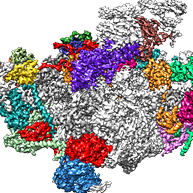
Ribosomes are the protein factories of the cell. LMU researchers show early steps in their assembly and visualize how they build from numerous components and fold into the right shape.

LMU immunologist Veit Hornung studies the workings of the innate immune system, the body’s first line of defense against pathogens – and has now received Germany’s most important prize for research.
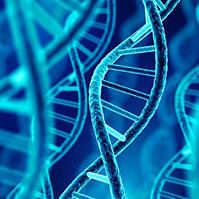
Chemical modification of DNA subunits contribute to the regulation of gene expression. LMU researchers have now deciphered a new pathway can reactivate genes that have been silenced in this way, while avoiding the risk of damaging the DNA.
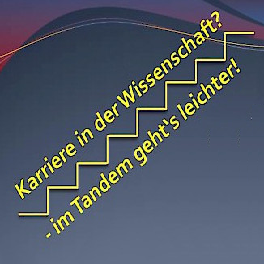
Since October 2017, a dedicated mentoring program has been set up at the Faculty of Chemistry and Pharmacy. The older program "LMUMentoring" from the sustainability program of the Second Excellence Initiative is offered no longer.
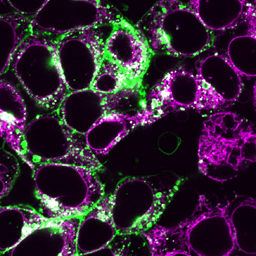
A team led by LMU‘s Veit Hornung has elucidated the mechanism by which human cells induce inflammation upon detection of cytoplasmic DNA. Notably, the signal network involved differs from that used in the same context in mice.
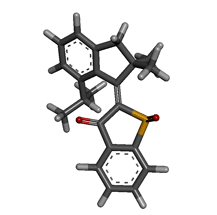
Progress on the way to smart nanomachines: LMU chemists have modified the synthesis of a molecular motor so as to reduce the speed of its light-driven rotation, thus permitting the researchers to analyze the mechanism of motion in complete detail.
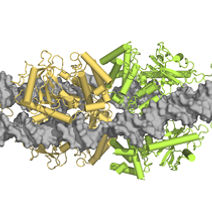
The presence of DNA in mammalian cell cytoplasm triggers an immune response by binding to a dimeric enzyme, which inserts between DNA double helices to form the “rungs” of a ladder-like structure, as an LMU team has now shown.

Conservation of the inherently ephemeral: LMU chemists have developed a simple way of digitally documenting the genuine tonal values of dyes and pigments used in artworks, thus allowing their original colors to be restored.
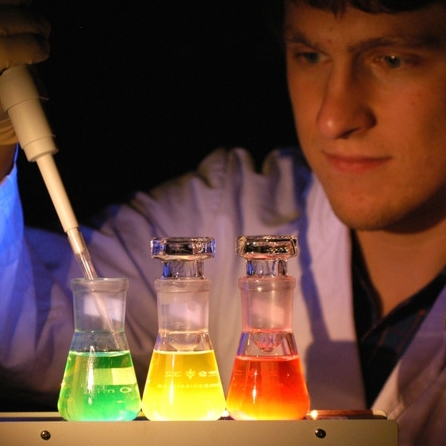
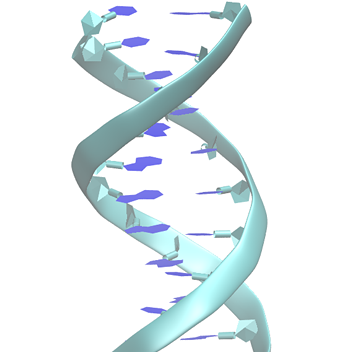
Complexity of animate and inanimate matter in the computer: An international congress for theoretical chemistry will be held in Munich this week.
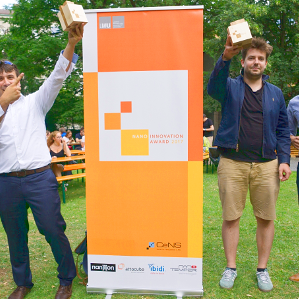
On July 21, the Nano Innovation Awards were awarded at the Center for NanoScience (LMU Munich). For the first time, candidates from all over Bavaria were invited to apply for the awards worth € 9.000. Three PhD students and one Master student from Würzburg and Munich won prizes for their innovative work in application-oriented nanoscience. The awardees were selected by an expert jury from industry, LMU, TUM and the Fraunhofer Institut EMFT.
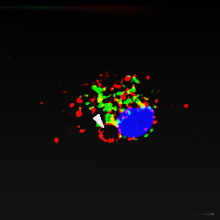
Ion channels in the membrane vesicles that mediate intracellular protein transport play a crucial role in cell physiology. A method developed by an LMU team now allows them to be studied with greater specificity than ever before.

The Bavarian-based research network „Solar Technologies Go Hybrid“, in short SolTech, in which five Bavarian universities are collaborating to develop novel material systems for solar energy conversion, will be funded with a total amount of 17 million Euros for an additional five years by the Free State of Bavaria.
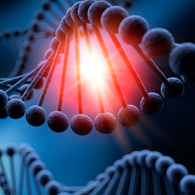
A theoretical study of the UV light induced reaction of the RNA-nucleobase uracil, carried out by LMU researchers, suggests that carefully shaped laser pulses can be used to trap the crucial intermediate state for detailed characterization.
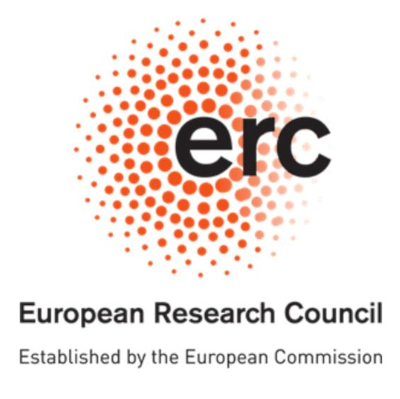
The European Research Council (ERC) has awarded four Advanced Investigator Grants to LMU researchers in the fields of biological chemistry, immunology, linguistics and artificial intelligence.

On June 19th and June 20th 2017 you may get information on the storage and handling of hazardous substances.

Am Freitag, den 10.03.2017 findet ein Schüler-Info-Tag für alle an Chemie oder Pharmazie interessierten Schüler statt. Highlights sind die große Chemievorlesung sowie Führungen, Experimente und Vorträge für Schüler auf dem gesamten Campus. Die Studiengangskoordinatoren stellen die Studiengänge der Fakultät vor.
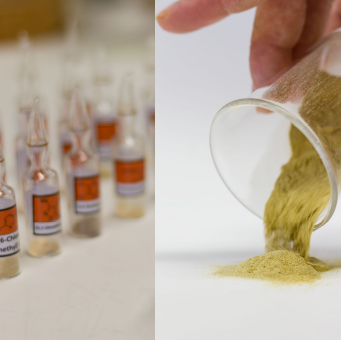
Transition-metal-catalyzed cross-coupling reactions are indispensable tools for the construction of carbon-carbon bonds, which is of great importance for the synthesis of pharmaceuticals and agrochemicals. Boron organometallics have been extensively used for such reactions in medicinal chemistry, due to their broad availability and air- and moisture-stability, however many boronic esters have genotoxic properties which make their manipulations on an industrial scale especially difficult. In comparison, organozinc reagents display an excellent functional group compatibility and a better reactivity in coupling reactions. One of the most prominent applications for organozinc reagents is their use for the so-called Negishi cross-coupling, which earned its discoverer a share of the Nobel Prize for Chemistry in 2010. Most of these reactions are catalyzed by palladium or nickel; however, these metals have the disadvantage of toxicity and/or high costs. In contrast, cobalt salts are an inexpensive and less toxic alternative for carbon-carbon bond forming reactions.